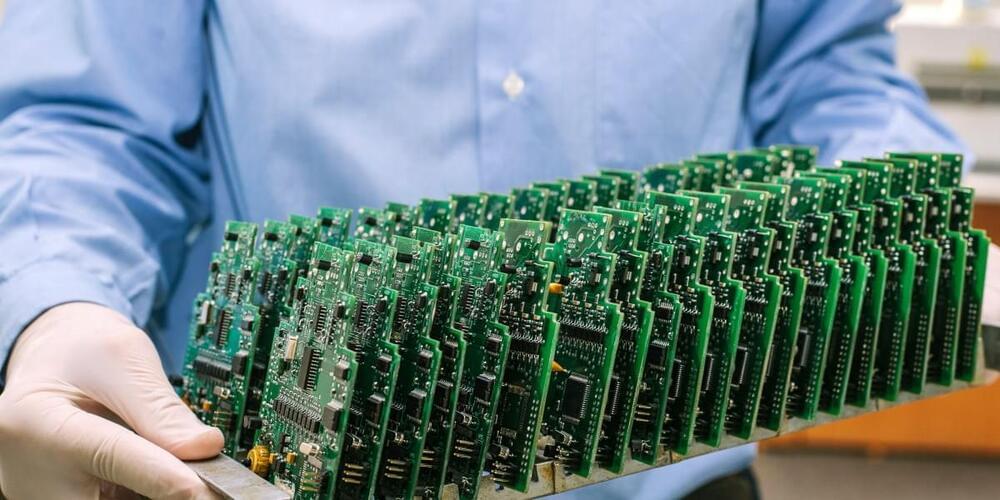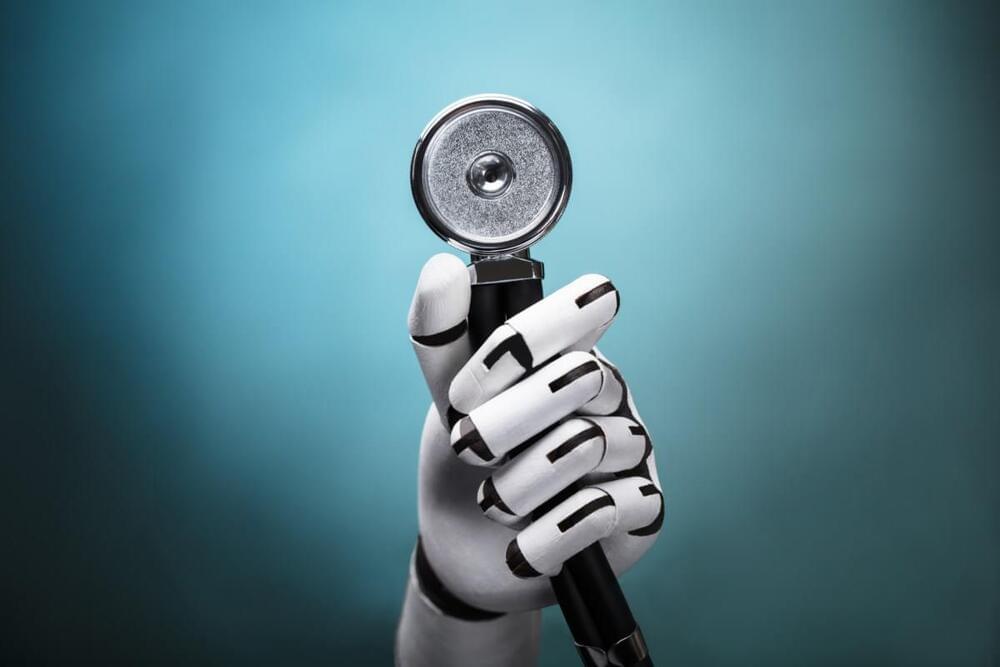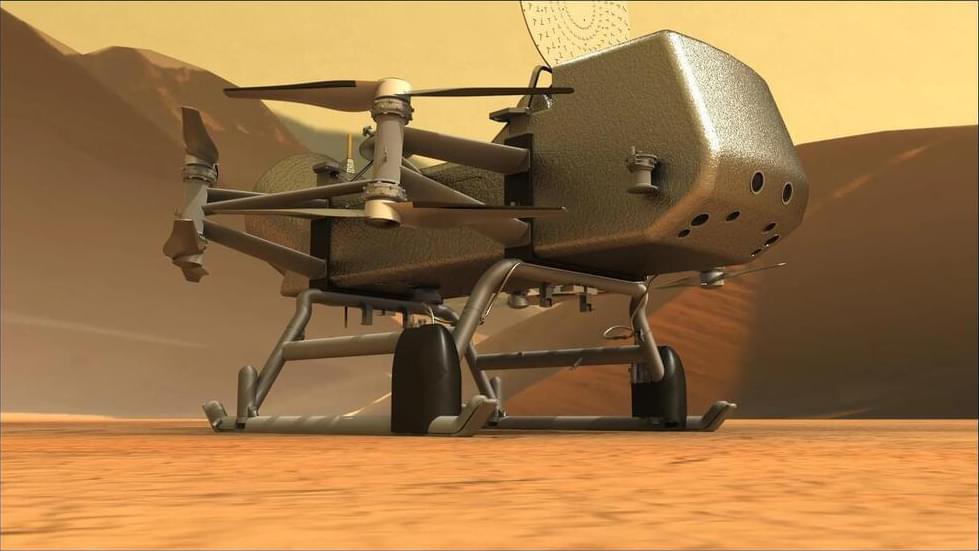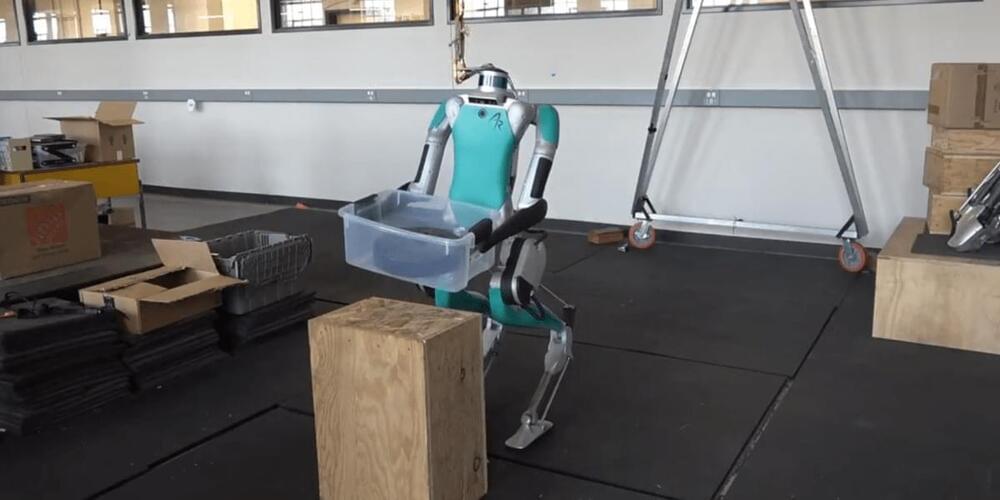EvoLogics has unveiled an upgraded version of its Quadroin AUV, known for its penguin-inspired appearance and agile design for surveying.
Get the latest international news and world events from around the world.








Cannabis use linked to enhanced ability to understand others’ emotions
A recent study published in the Journal of Neuroscience Research offers an intriguing perspective on the effects of regular cannabis use. Contrary to the commonly held view that cannabis has primarily negative impacts on mental health and behavior, the study suggests that regular cannabis users may have a heightened ability to understand the emotions of others. This enhanced empathetic ability is linked to increased connectivity within certain brain regions, particularly the anterior cingulate cortex, a key area involved in processing empathy.
Cannabis is one of the most widely used psychoactive substances worldwide, yet its impact on mental health and cognitive functions remains a subject of contentious debate. Traditional research predominantly highlights the negative consequences associated with cannabis use, particularly its potential to impair cognitive functions and contribute to mental health issues.
These studies often focus on how cannabis interacts with brain regions like the anterior cingulate cortex, which is known to have a high density of cannabinoid receptors and plays a significant role in cognitive processes such as decision making and emotion regulation.
Tesla’s Robotaxi Network Launch: What You Need to Know
Herbert Ong Brighter with Herbert.